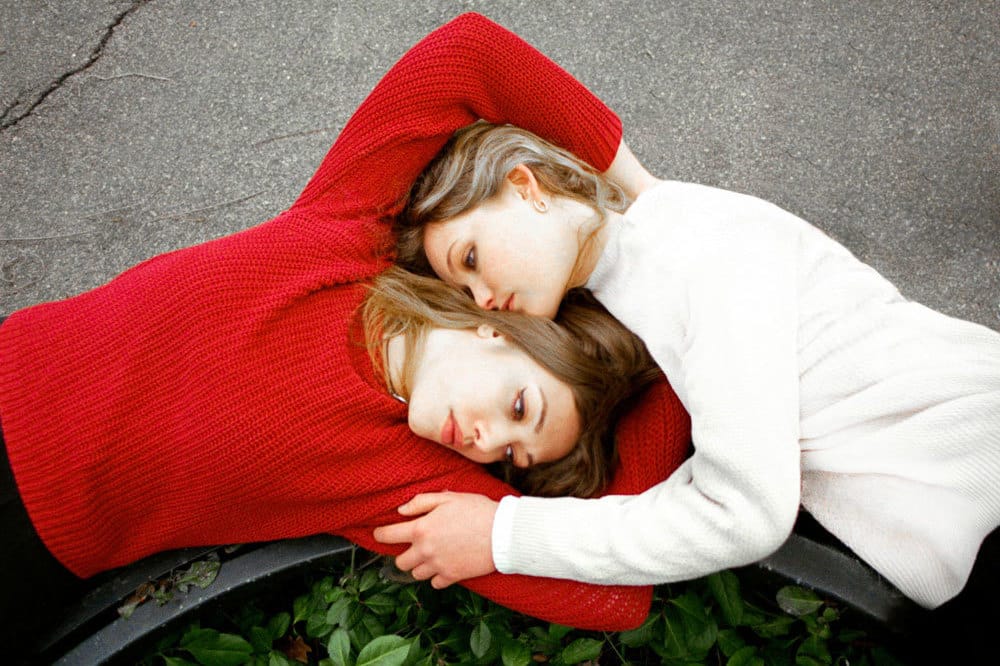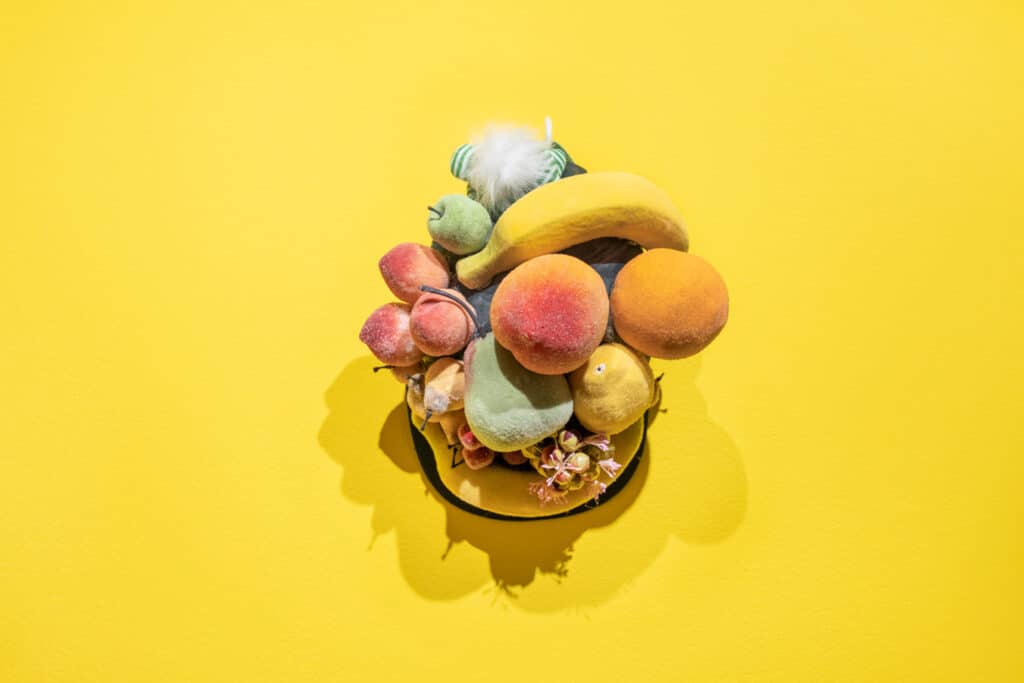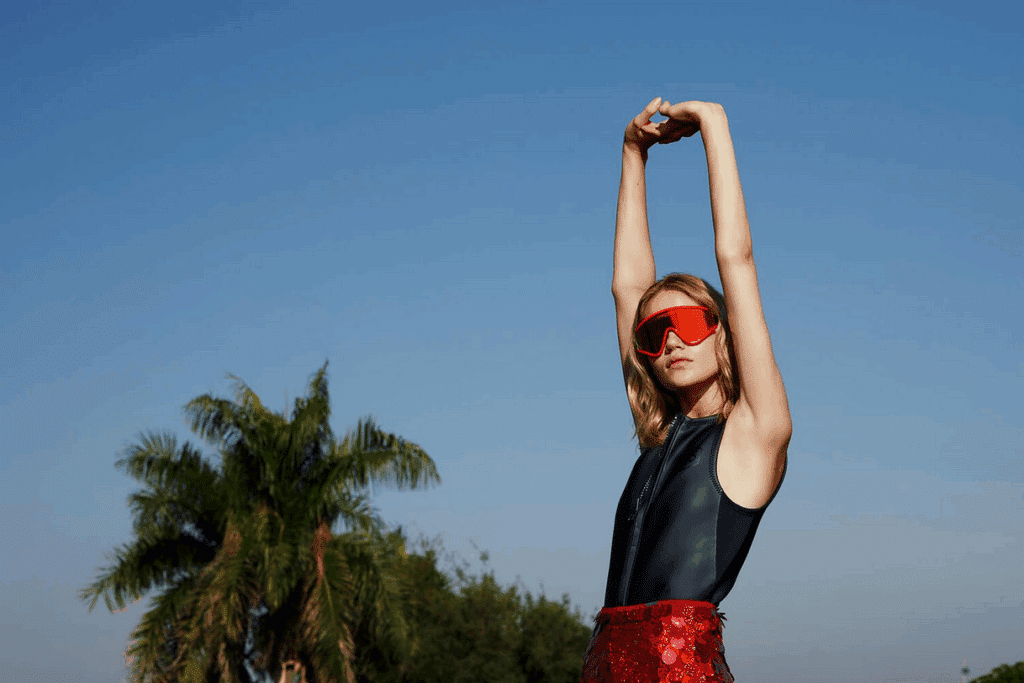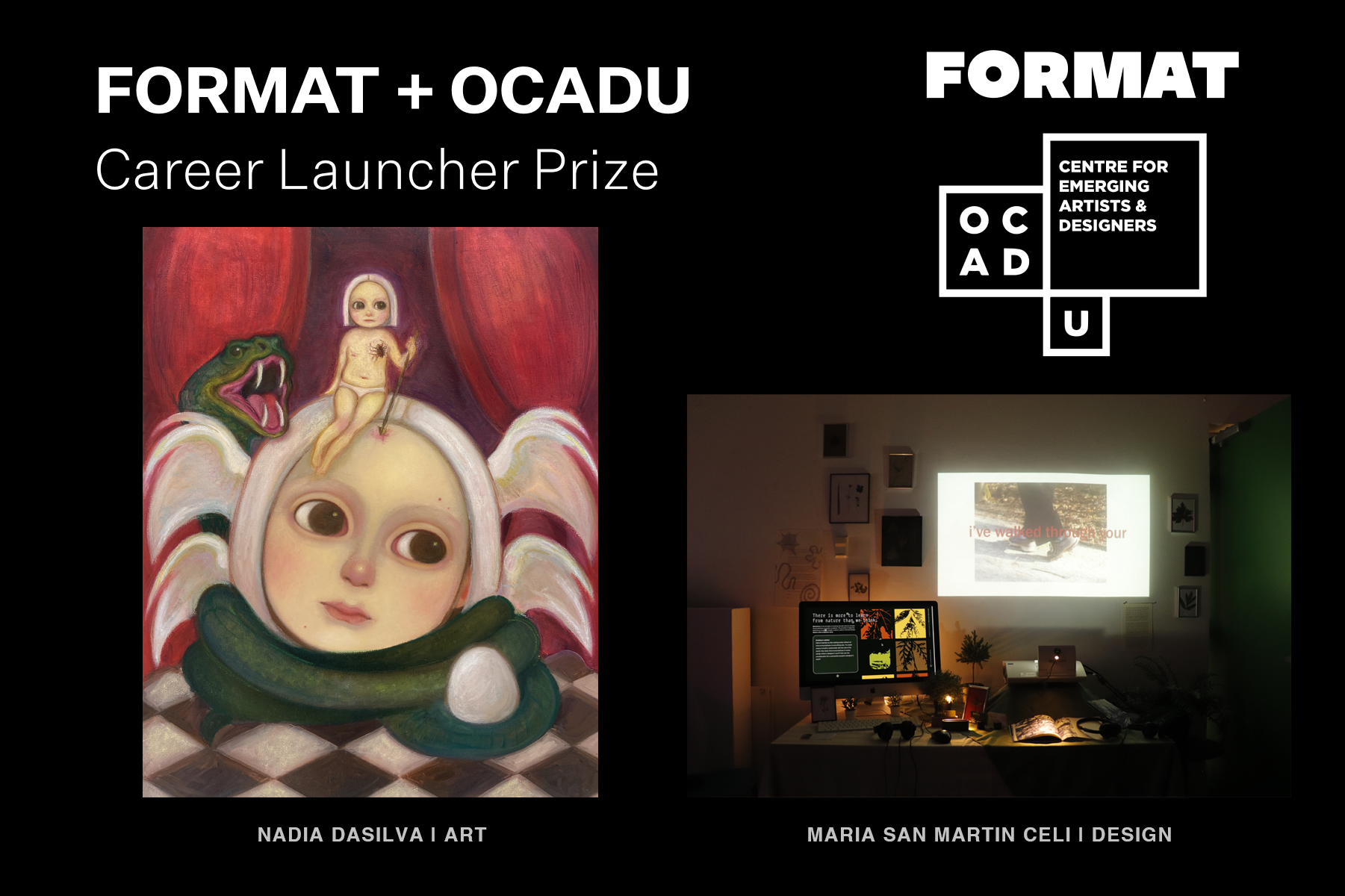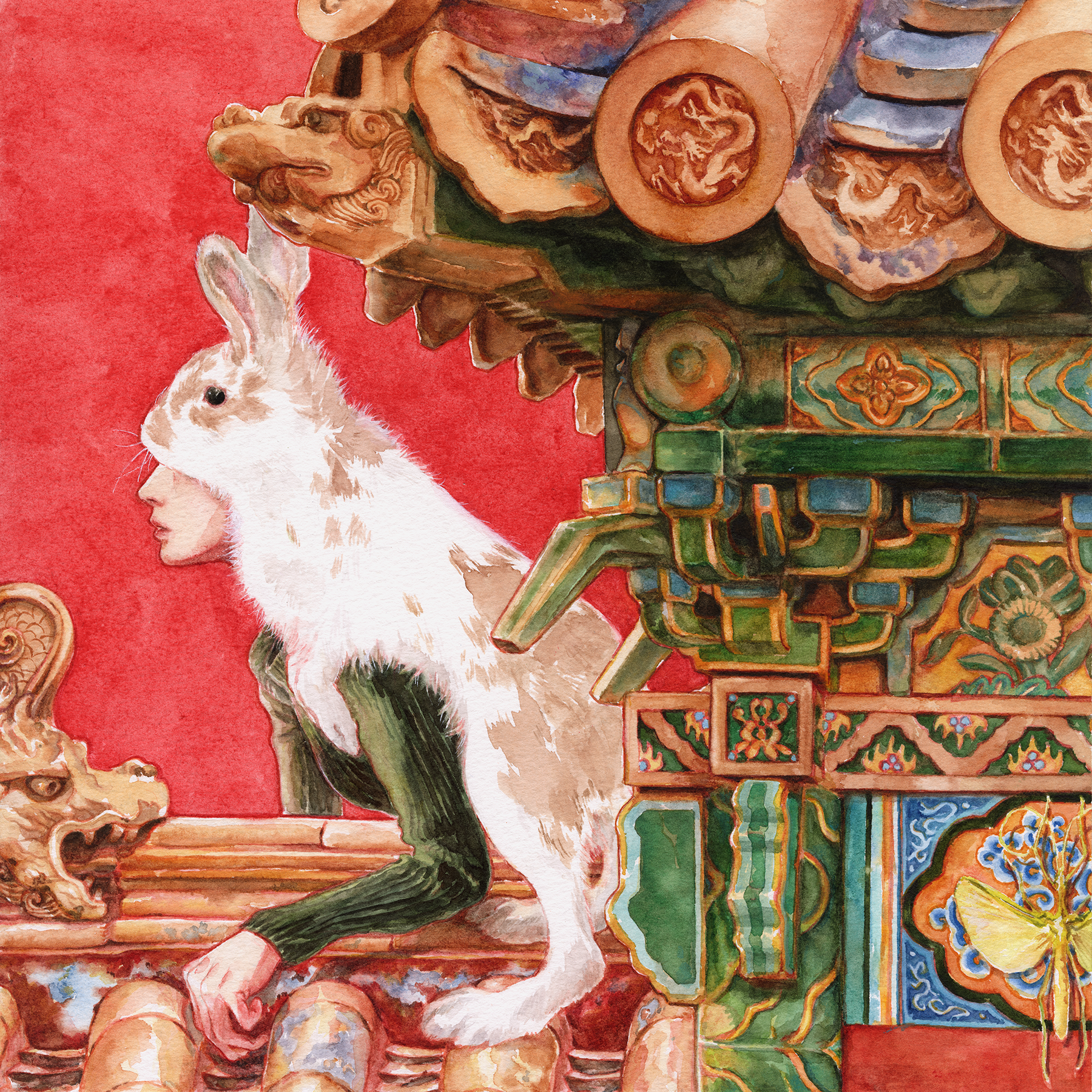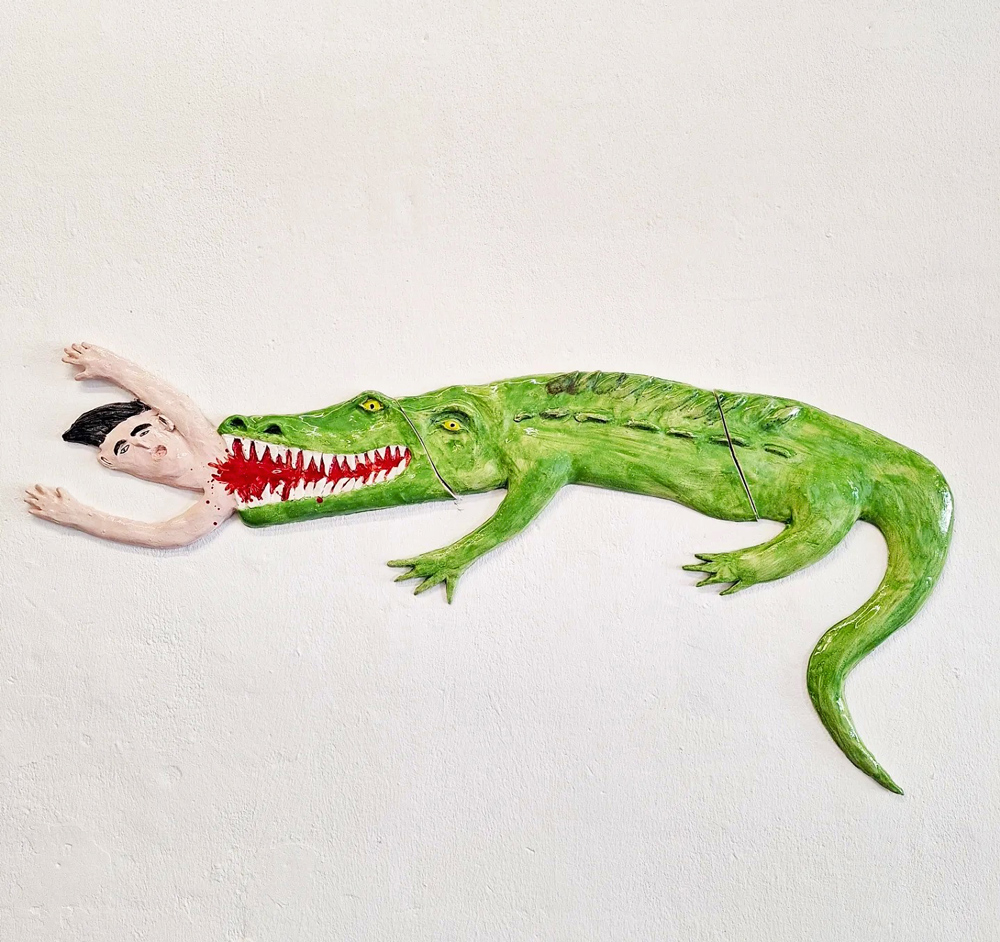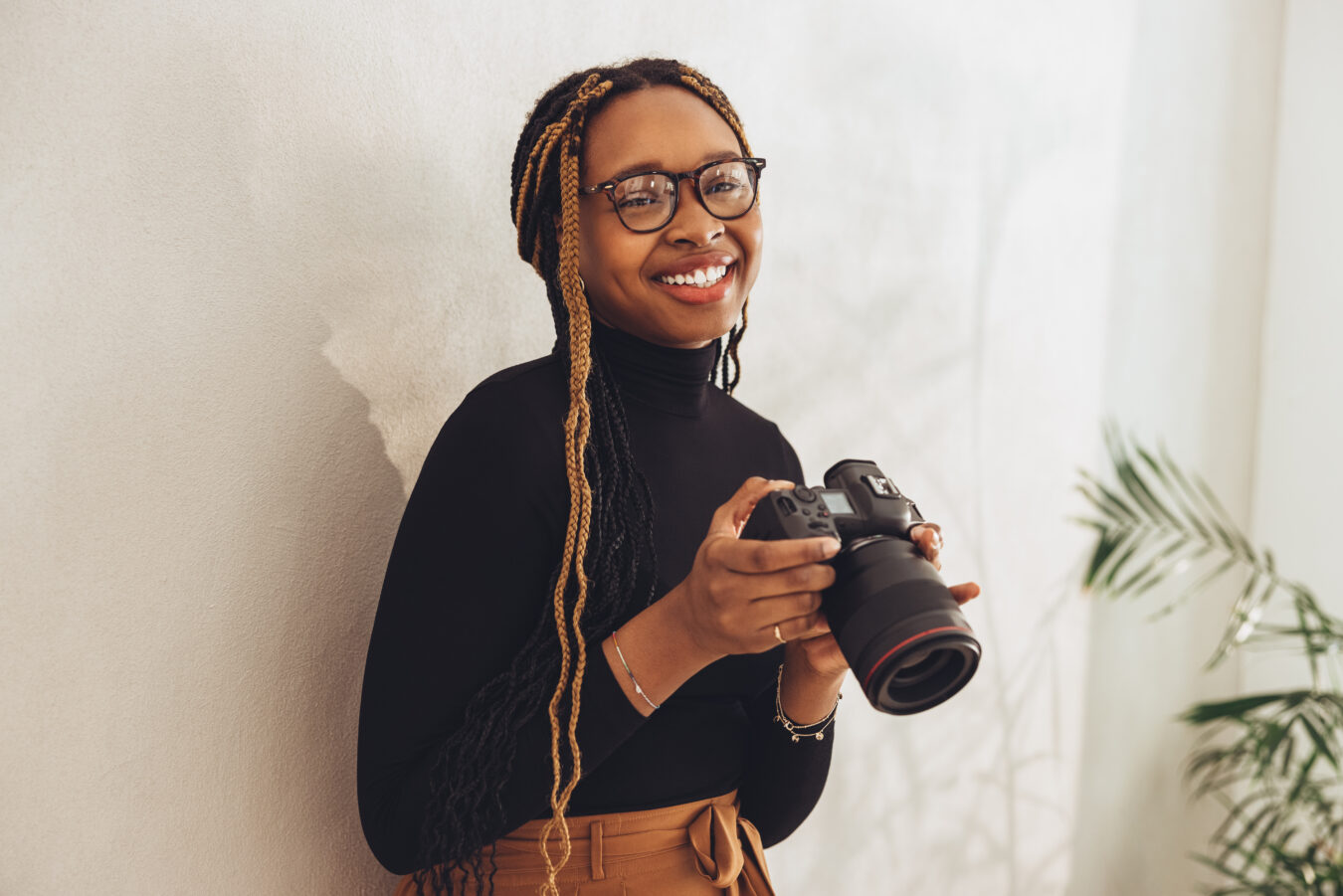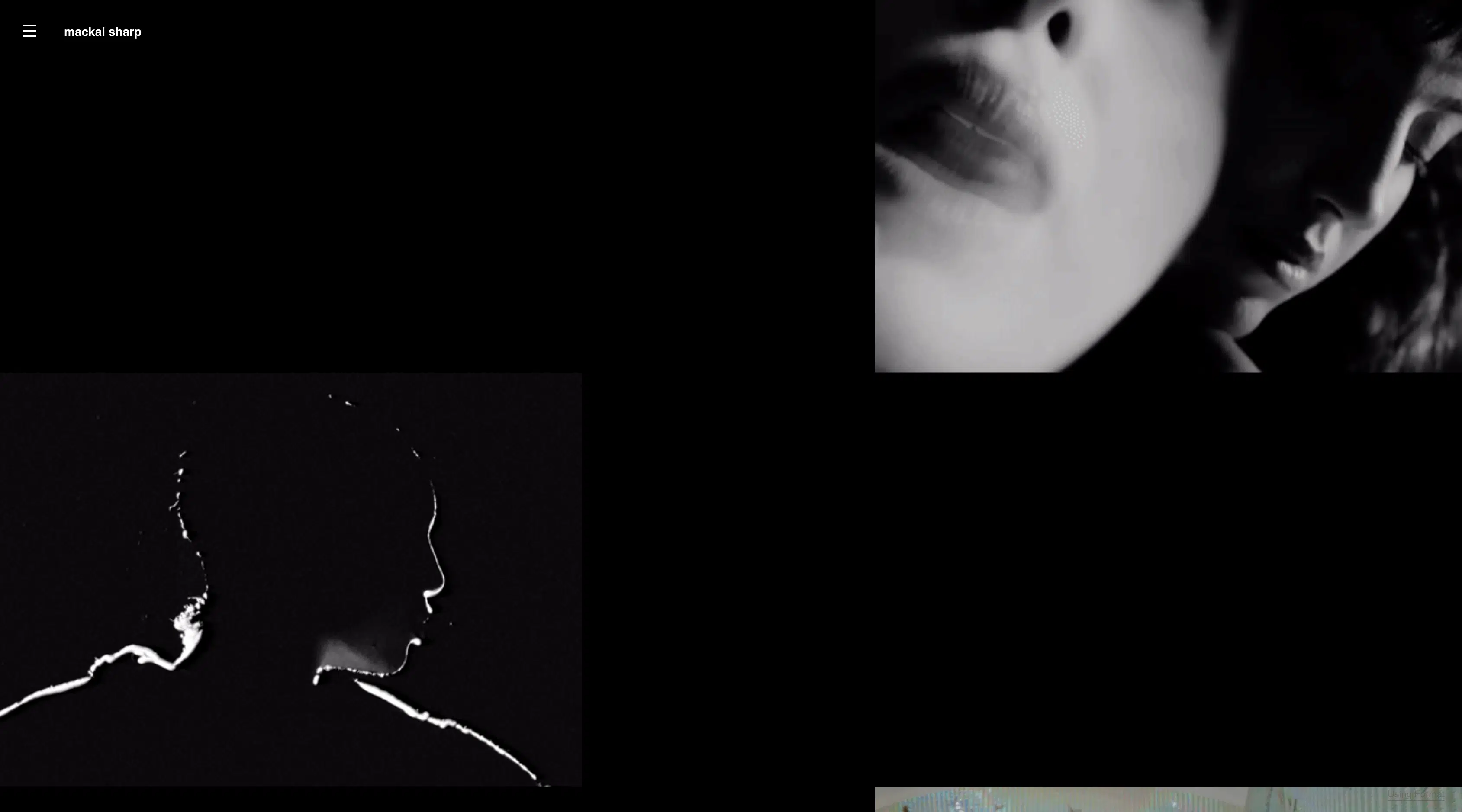After a hectic year, we’re just as ready as everybody else for a fresh start in 2017. But we can’t totally forget 2016 just yet—after all, the best route to a new beginning is usually to learn from your mistakes.
With that in mind, as we get going on this brand new year, we’re taking a look back at what photographers were doing in 2016. From plants to 35mm film, we wanted to know which trends stood out over the past 12 months, and predict if they’ll continue to dominate our Instagram feeds in 2017.
Find our measured, carefully researched trend predictions (okay, and a few wild guesses) below.
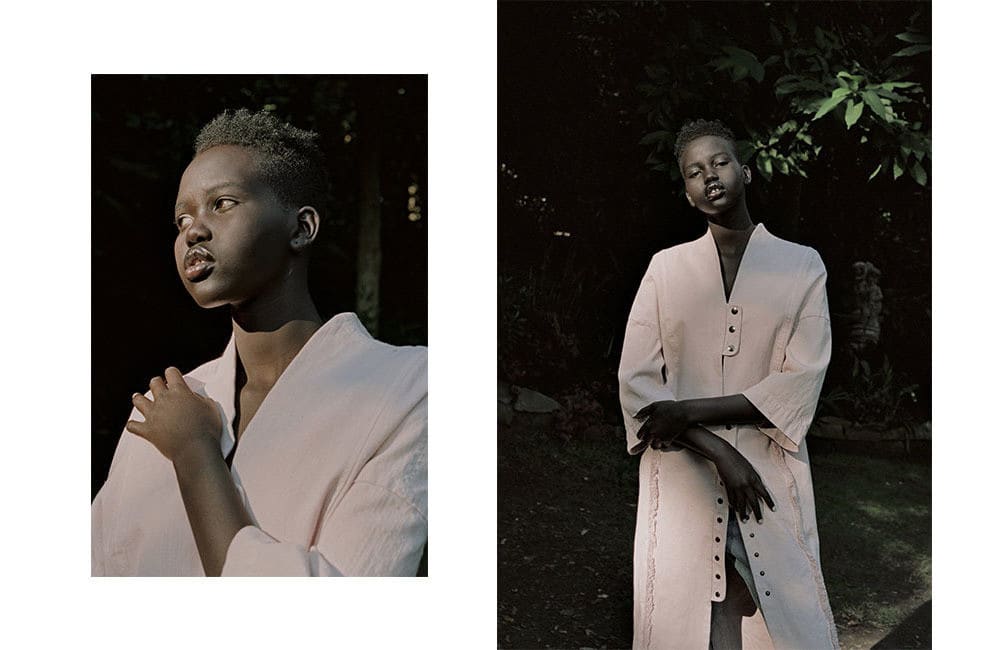
By Dakota Gordon for Oyster Mag
1. Minimalist Fashion Photography
With understated, streetwear-influenced looks ruling the fashion world, fashion photographers are following suit in their minimal images. Realist, unretouched photos are everywhere, and even hair and makeup looks are becoming more minimal as a more authentic aesthetic grows in appeal. Think analog shoots and raw, personal images that feel more like a peek at a few really well-dressed people hanging out than a carefully styled shoot.
Will this trend continue?
We’re predicting a resounding yes. With more and more people calling for diversity and realism in fashion casting, it only makes sense that fashion photography becomes less contrived and more genuine.
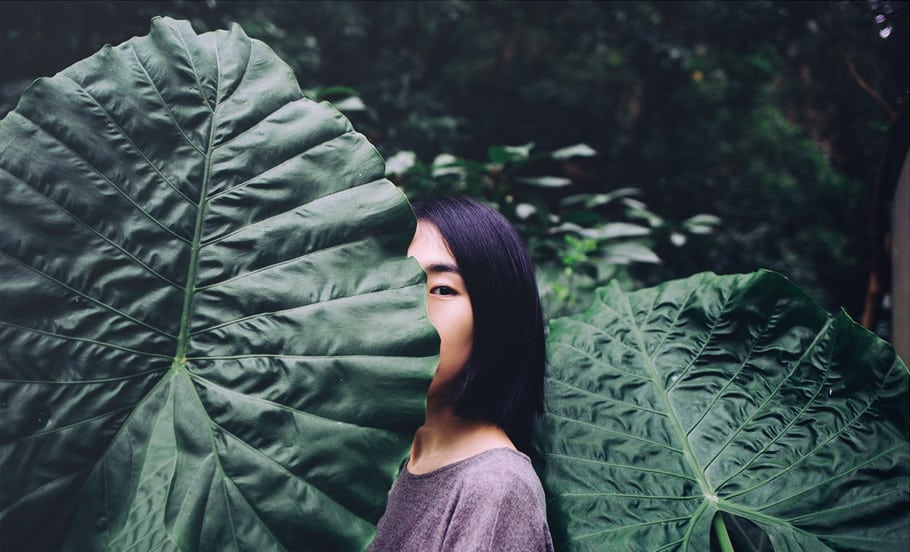
2. Plants
When did leafy greens start dominating our Instagram feeds? We’re not exactly sure, but at some point in 2016, plant photography started popping up everywhere. Interior design shots were sure to feature some giant palm fronds filling up a room, or tiny succulents artfully arranged on a desk.
Even portraits started seeing green, with a weirdly high number of people half-hiding behind ferns. Botanical gardens became a popular photoshoot location. Maybe in an era of rising fears about climate change, people are getting more enthusiastic about nature appreciation. Or perhaps, as Pantone’s suggested with their recent Color of the Year announcement, there’s just something soothing about green.
Will this trend continue?
We don’t think so. Once Pantone’s gotten in on the trend, it feels like it’s time to move on soon. Besides, it seems like photographers are getting more into actually going outdoors to add some nature vibes to their work. Landscape photography is only getting more popular, and there’s only so many images we can see of moody models holding plant leaves before we get bored.
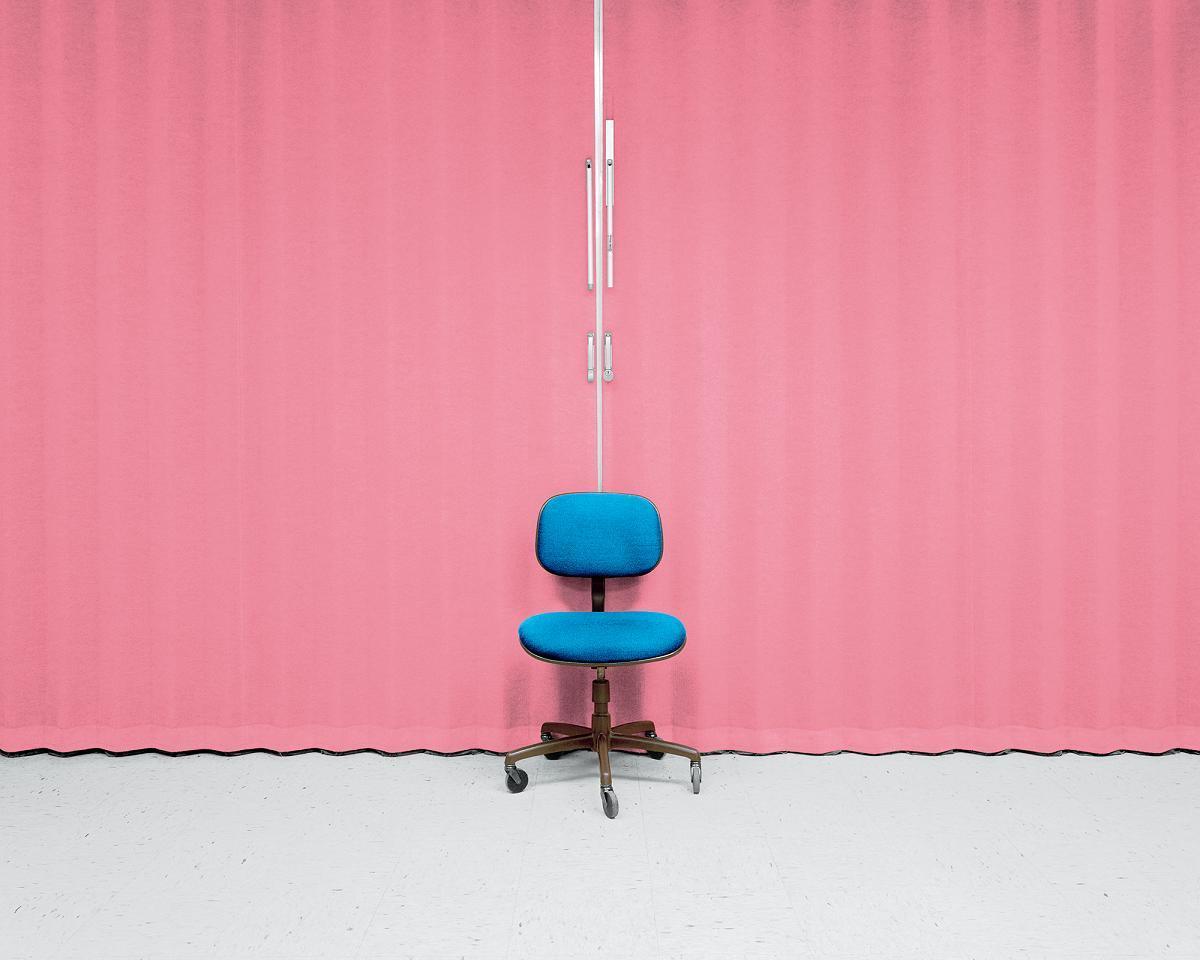
3. Chairs
Bear with us here. The humble chair, often used as a photo prop, started coming into its own in 2016. The year’s Turner Prize winner, Helen Marten, utilizes benches and other chair-like objects in her chaotic sculptural work. And 2015 Turner Prize nominee Nicole Wermers based an entire installation around modernist chairs.
Maybe the art world’s newest obsession has affected photographers, too. Photos of chairs were strangely frequent on our feeds this year. Like plants, they can stand in for figures in an image that’s devoid of people. On the other hand, maybe chair photos are just part of the minimalist-inspired trend towards unnaturally perfect photos of interiors.
Will this trend continue?
Images of industrial and institutional spaces seem to be enduringly popular in the art world, as photography that documents the banal side of life provides an interesting contrast to consciously pretty, fine art photo work. In Matthew Brooks’ Office Space, pictured above, photos of starkly bare offices are subtly digitally altered to create scenes that feel like eerie film stills. We’re expecting to see more work like this in 2017. Will chairs remain a focus? Broader shots of environments will probably take precedence.
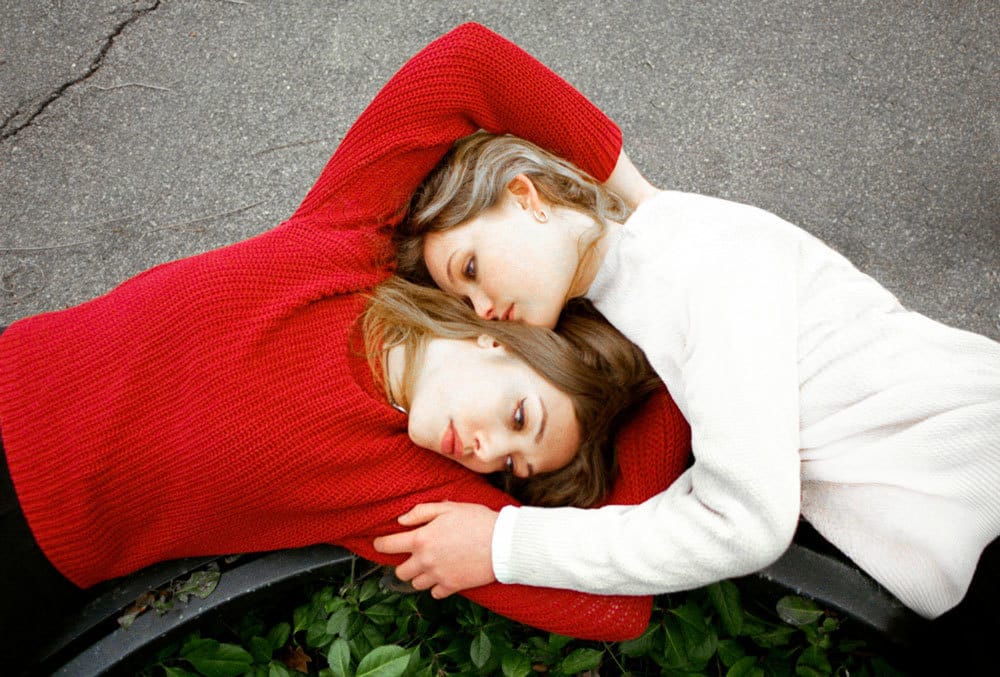
4. 35mm Film
Everyone seems to be getting into analog photography lately. We’ve been seeing it in fashion shoots and fine art photos alike. Despite its cost and inconvenience, film photography continues to be the medium of choice for both established and emerging photographers everywhere. There’s just something about that film grain that we can’t get enough of. 2016 also saw the release of fancy new instant cameras from Lomography and the Impossible Project. Instant cameras may be pricey and bulky, especially compared to today’s sleek DSLRs or iPhones, but the retro vibe and the magic of instantly printed images continues to appeal.
Will this trend continue?
Even as photographers worldwide are flocking to their local photo labs, crisp digital photography remains a favored choice of many. The digital versus analog debate probably won’t be ending anytime soon. If anything, it intensified this year, with growing numbers of photographers discovering the merits of film just as new tech innovations, like the iPhone 7, made it easier than ever to capture stunning digital shots right on your smartphone. We predict that this divide will only grow in the coming year.
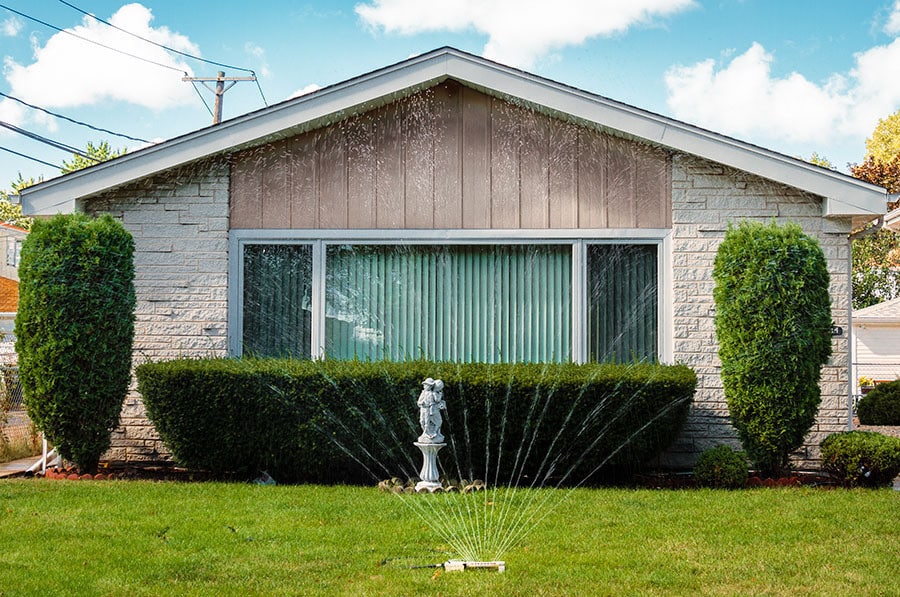
5. Suburban America
2016 felt like the year of the suburb, with dusty, dejected photos of the American Midwest suddenly popping up everywhere. The American road trip has always been a favorite trope of photographers, but this year it felt like the road trip was focusing more on pit stops, with longform photo essays focusing on one topic or location becoming more popular. Sagging power lines, long empty roads, and abandoned homes tended to feature as recurring themes. People have been talking about the end of the American Dream for years. The popularity of bleak, depressing suburban photos might be signalling its final death rattle.
Will this trend continue?
Photos of decaying suburban streets might be getting close to their saturation point, but this trend definitely still has some traction left. Maybe it has something to do with the huge numbers of young photographers migrating back home to suburbia as rent in creative cities like New York and LA becomes impossibly high?
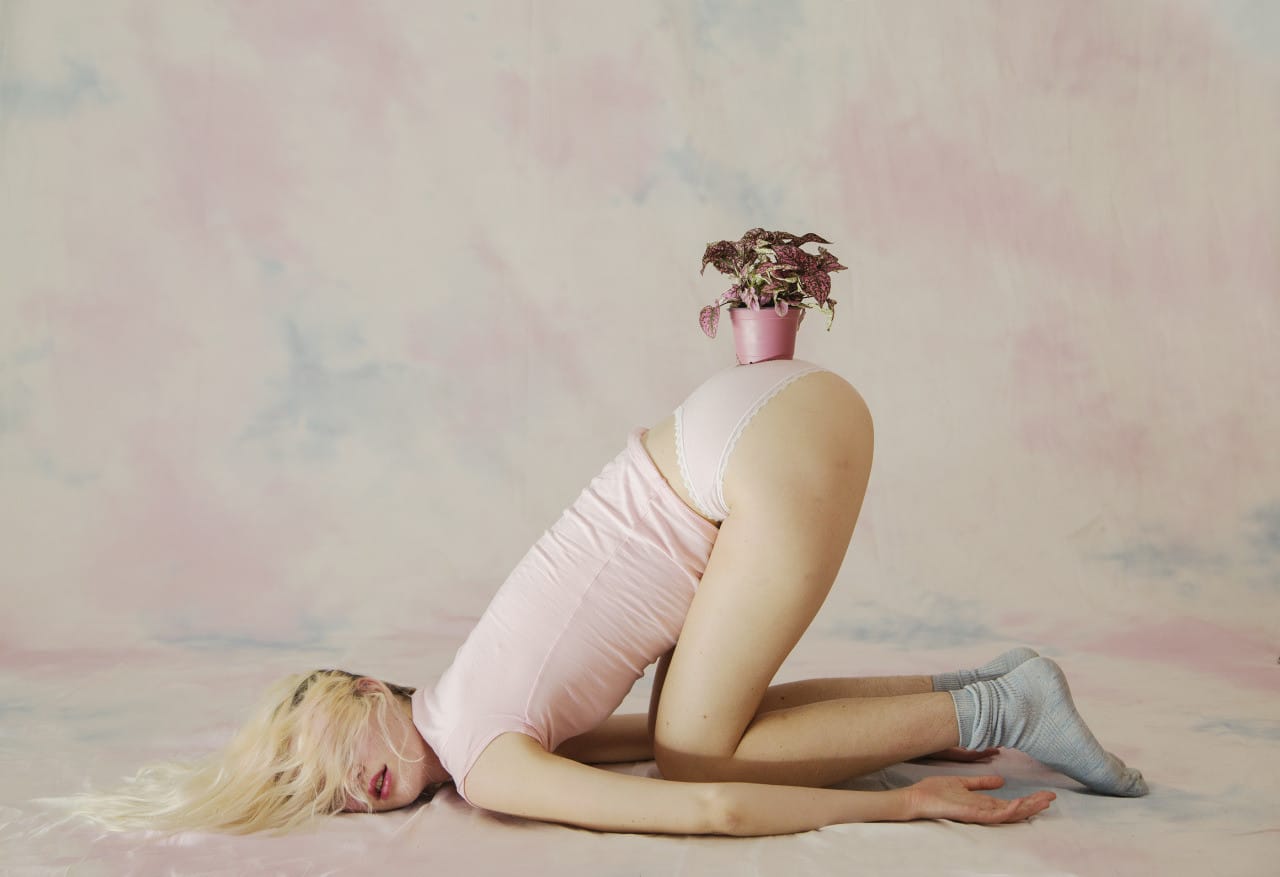
6. Girl Gaze
The trend towards ultra-feminine, pink-saturated, retro-inflected girl-focused work has been around for a while now, probably since the rise of Petra Collins and Rookie Mag. But it became even more ubiquitous this year, with the Instagram feed @girlgaze helping bring the concept of “girl gaze” into the mainstream, not to mention the growing influence of creatives like Collins and Arvida Byström. In a sense, this trend feels like a reclamation of femininity, a way to acknowledge that a woman can be powerful whether she’s dressed in a sharp suit or in white lace.
Will this trend continue?
We love showcasing work by women. We love the idea of subverting the male gaze. And we feel the value of reclaiming girliness. At the same time, we’re hoping that in 2017 this trend gives way to more diverse, radical representations of what it means to be female. All the gauzy, glitter-soaked photoshoots have been fun, but we’re ready for a feminist aesthetic that explores more identities: girls who aren’t into cute clothes, girls of color, girls who used to be boys, girls who hate pink and glitter. We want to see more photographers like Laurence Philomene and Maisie Cousins, who are both creating girl-focused work in new and daring ways.
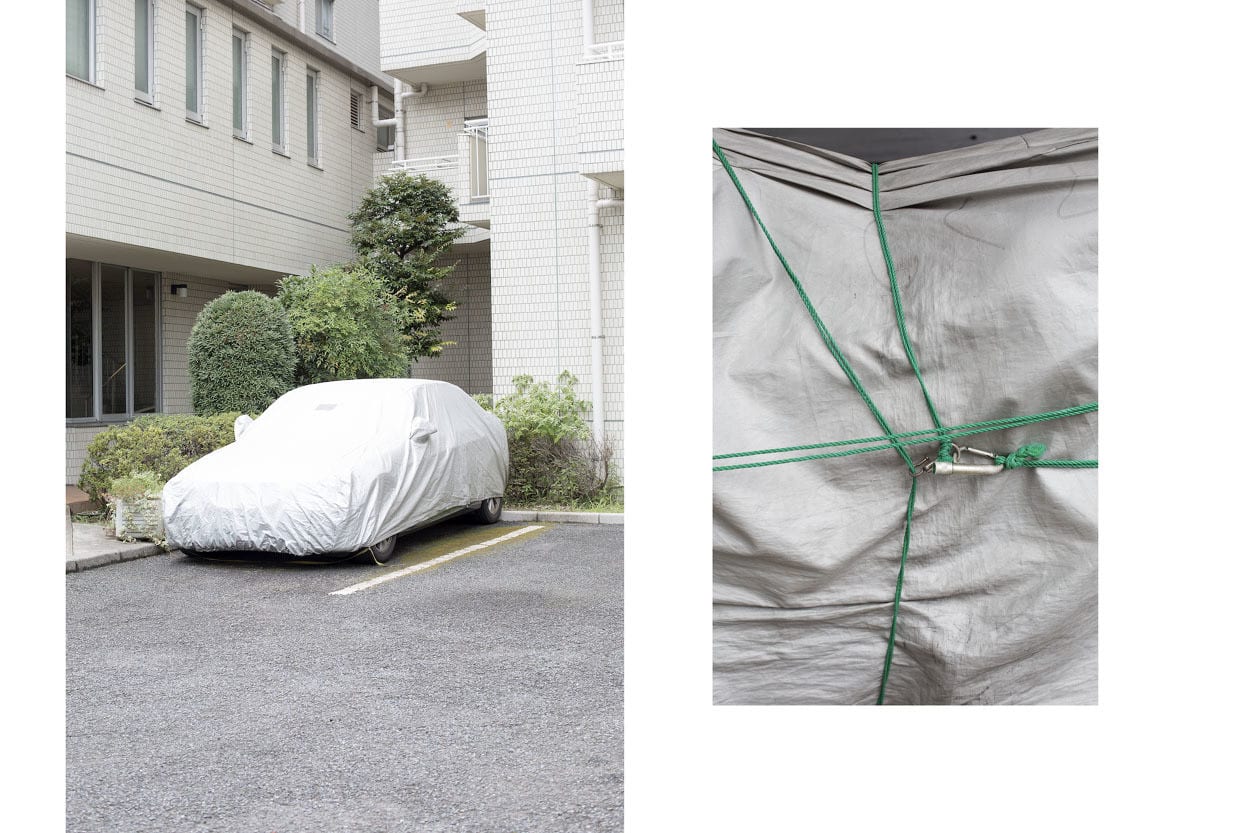
By Martina Ferrara for AnOther Magazine
7. Collages and Diptychs
WIth millions of photographers posting their work to Instagram every day, you’ve got to make your stuff stand out somehow. Collages and diptychs are a creative way to make your photos pop in a feed of plain old square images. We’re also seeing this trend in both print and online magazines, as overlapping photos is a simple way to create layouts that feel unique and contemporary.
Many photographers are even choosing to display work this way on their online portfolios, and for good reason. Juxtaposing images in a creative way makes for a viewing experience that’s more interesting than the typical horizontal or vertical scroll.
Will this trend continue?
It seems like this trend is only just getting started, as online platforms become more open to experimentation. With more and more photographers showing large amounts of work online, it also becomes more imperative to show your photos in an eye-catching way, and this is a simple solution. In a way, this trend feels like a Dada throwback, with savvy photographers referencing the popular early 20th century art movement via unusual photo layouts and even ambitious collaged works.
Cover photo by Fabien Vilrus.
